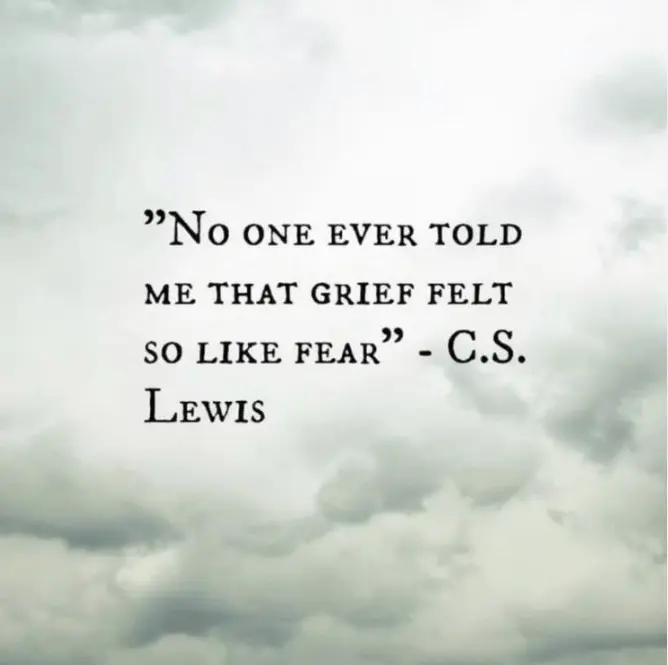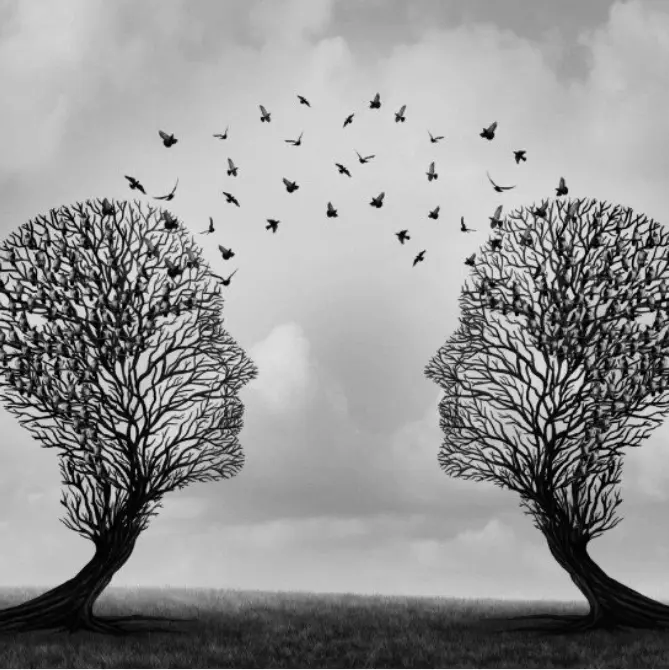Grief is a universal human experience, something we all encounter at some point in our lives. It’s a complex, often overwhelming emotion that can be difficult to put into words. However, C.S. Lewis, the renowned author of “The Chronicles of Narnia” and a gifted thinker, provided a profound insight into the nature of grief. In his book “A Grief Observed” which he wrote following the death of his wife, he famously said, “No one ever told me that grief felt so like fear.” In this blog post, we’ll explore the wisdom behind this statement.
Imagine a world where you’ve never experienced grief. You’ve never lost a loved one, faced a life-altering change, or felt the emptiness that comes with it. In this world, grief is a foreign concept, much like a new, uncharted territory. Now, imagine stepping into this unknown world for the first time. What do you feel? Fear, right? That’s precisely what C.S. Lewis meant.
Grief, like fear, has a way of creeping into our lives unexpectedly. It can strike suddenly and leave us feeling vulnerable and disoriented. Just as fear can consume our thoughts and actions, grief can overwhelm our hearts and minds. The parallels between the two emotions are striking.
One of the most striking similarities between grief and fear is the physical response they evoke. When we’re afraid, our bodies go into a fight-or-flight mode. Our hearts race, our palms get sweaty, and our minds become hyper-alert. Similarly, grief can trigger physical symptoms like a heavy chest, shallow breathing, and even sleep disturbances. It’s as if our bodies are reacting to an invisible threat.
Moreover, both grief and fear have a way of distorting our perception of time. When we’re grieving, the days can seem endless, and the future can appear bleak. Similarly, fear can make a minute feel like an eternity. This distortion of time can intensify our emotional turmoil.
C.S. Lewis’ quote reminds us that grief is a natural response to loss, much like fear is a natural response to danger. It’s okay to feel this way; it’s a part of being human.


